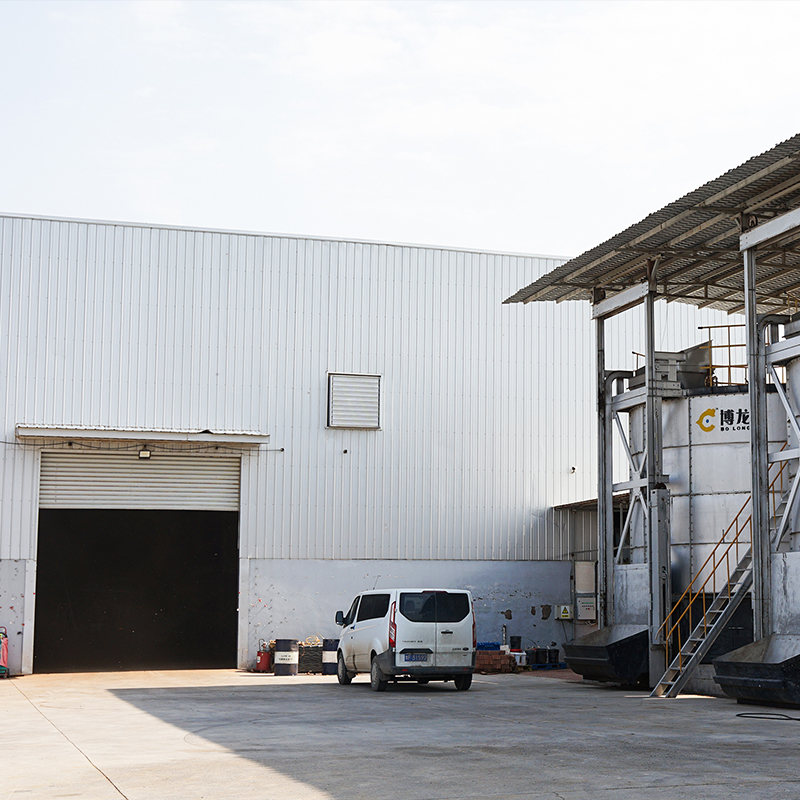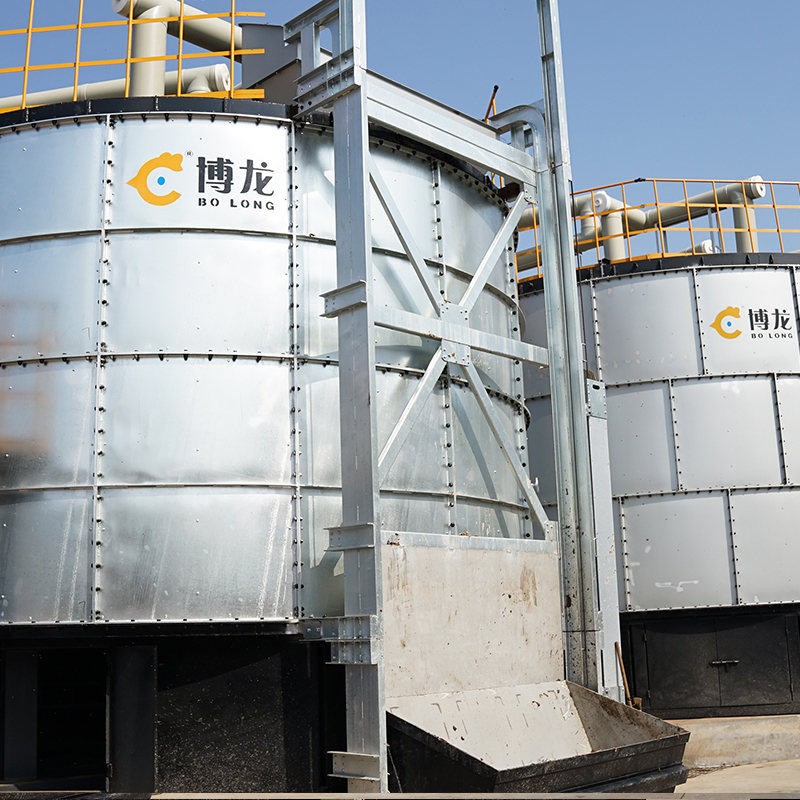These guidelines provide carcass and related waste management considerations and recommended procedures for use by Veterinary Services and other official response author-ities when developing animal disease outbreak containment and eradication plans. They apply to animal disease outbreaks of varying sizes, whether the outbreak is isolated to a







